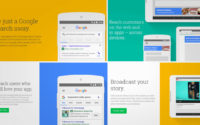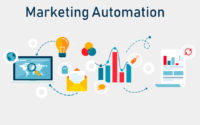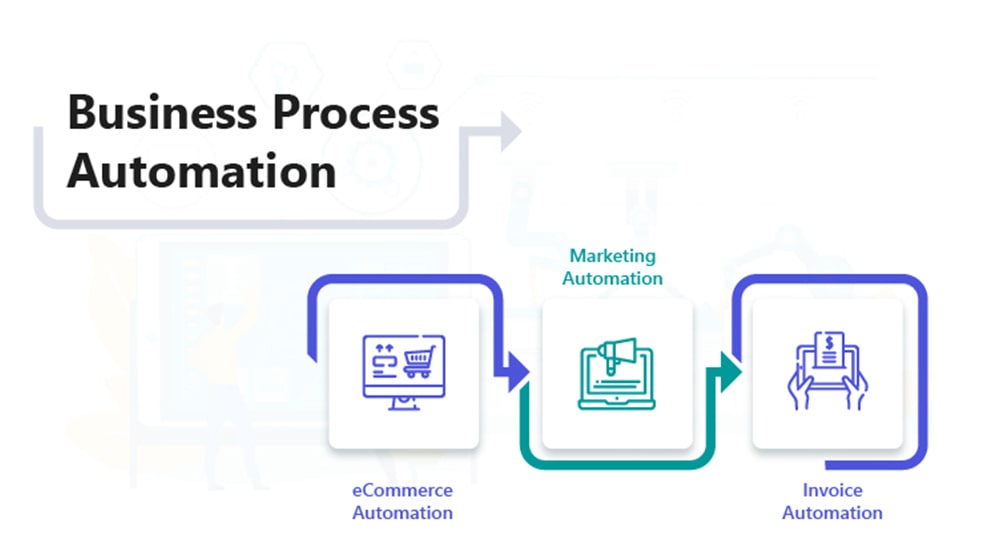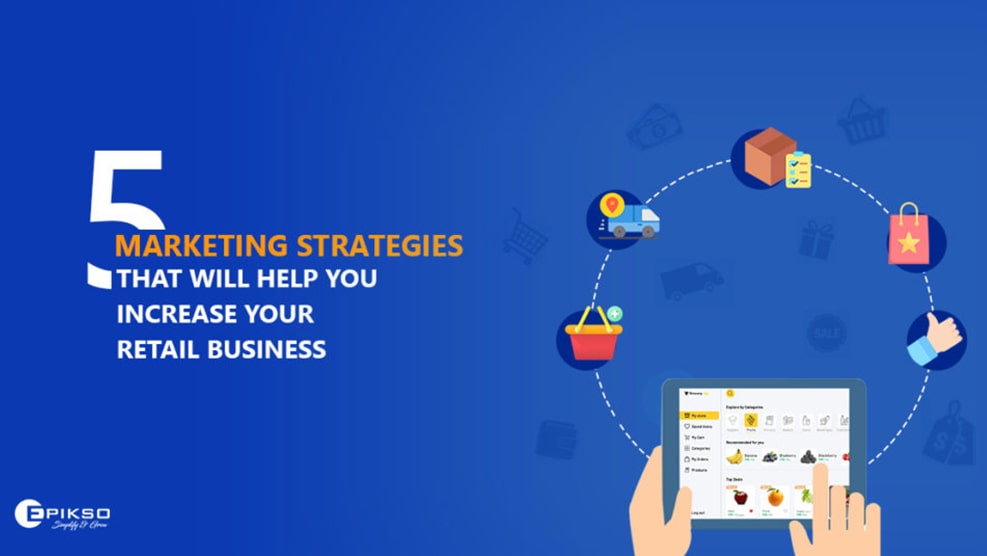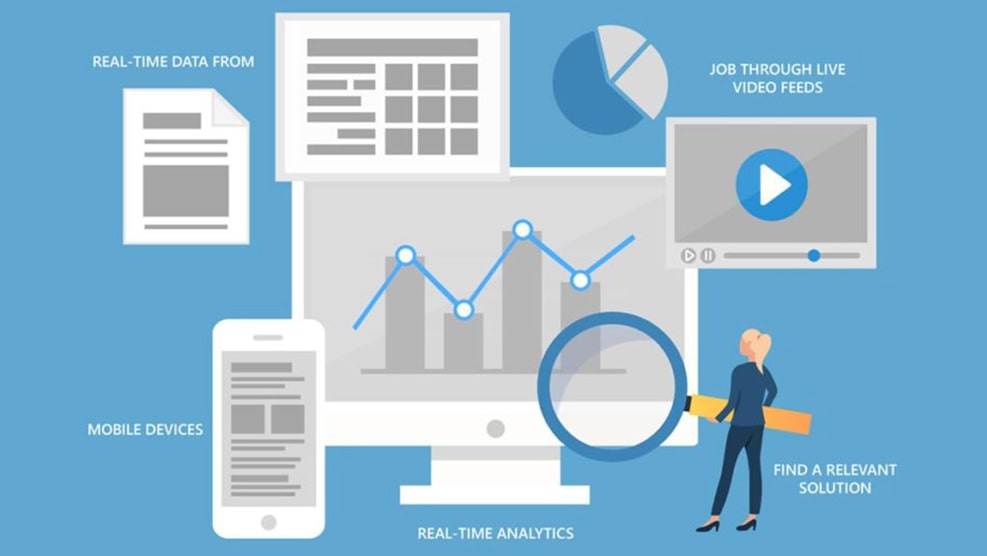7 Most Promising Email Marketing Trends
Email marketing has always been in a state of flux. With insights derived from big data and continuing innovation impacting our strategies, everything email marketing from the tools we use to the ways we communicate with our target audiences – is evolving. While some best practices for email remain, understanding the current trends of this critical marketing channel can help us stay relevant and outperform competition.
Email marketing has experienced rapid growth over the years. Approximately 2.9 billion people globally are using email as a communication tool. Companies are increasingly using marketing to reach targets within this vast population: the email marketing market was set to grow at a 15.2% compound annual growth rate (CAGR) from 2018 to 2023, per Kenneth Research. The future will be at electronic speed – which is why electronic mail, or email, will become ever more important. Let’s check out some email marketing trends that are particularly promising, introducing the possibility of high ROI earnings for your company.
1. Increased data protection regulation
Email marketing and online business in general have witnessed an increase in legal regulation, particularly with the European Union’s General Data Protection Regulation (GDPR). The GDPR affects all companies worldwide that have European users. This law protects consumers through stipulations for marketers and other elements of business operations. The goal of the GDPR was to improve consumer control of sensitive personal data, so ethical marketers are certainly not averse to its intent.
The passing year saw a huge wave of data breaches, ransomware attacks, and online identity theft. In turn, customer skepticism toward online interactions has grown. To overcome this setback, trust-building is now essential to forming bonds between customers and marketers:
- Marketers need data to make sure emails are welcomed.
- Customers want an enhanced online experience but need it to be safe.
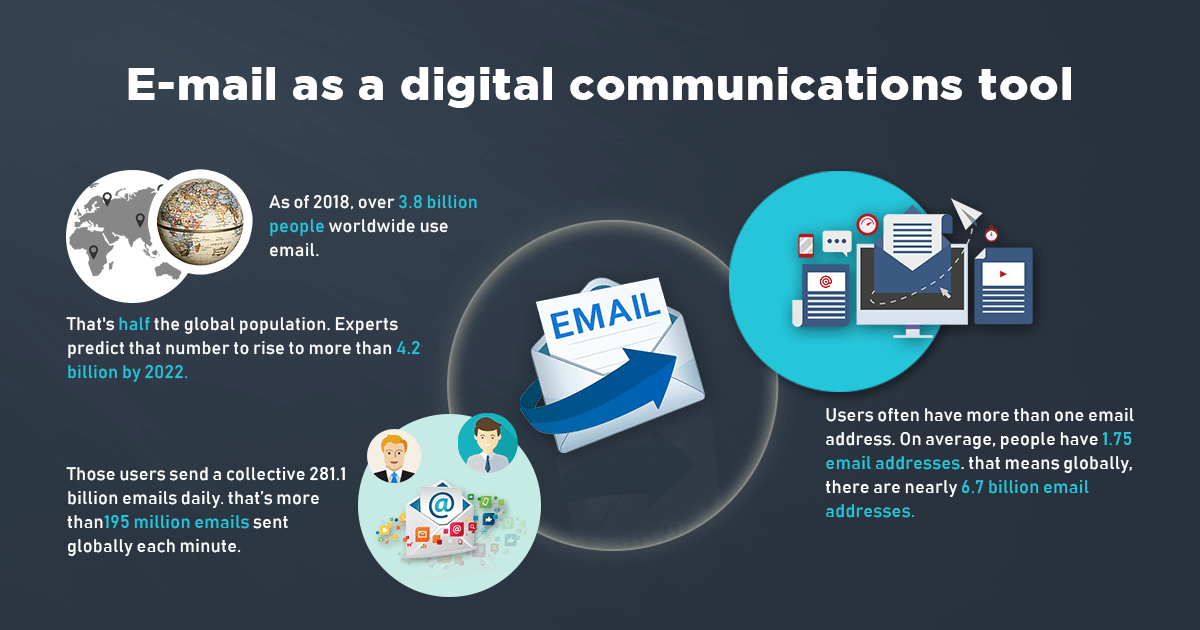
Educating the consumer
Almost 2 million internet fraud incidents occur per year in the United Kingdom alone. Clearly consumer education has been lagging when it comes to the secure use of internet and email. To address this concern, some companies are now running campaigns to educate their customers and increase cyber-literacy.
With the GDPR, consumers will see headlines, re-engagement campaigns, and items within social feeds that address data privacy. In turn, there will be increased awareness of rights and obligations. Customers and subscribers will know more, expect more, and demand more.
2. Marketing automation
Automation means introducing systems that will generate action due to certain triggers you establish. Applying marketing automation to email marketing means that you can set up an email once; as people meet your defined trigger, emails will continue to be sent to them without you worrying anymore. It essentially makes your email marketing automatic. These solutions become more sophisticated as you integrate historical recipient insights into your campaigns.
Marketing automation such as email automation will grow significantly in the near future. It’s a low-cost, easy-to-integrate solution that blends marketers’ capabilities with next-generation technology. Marketing automation for businesses is an efficient approach that supports brands throughout their growth. To get the most out of email, it is important to remember the customer’s journey is increasingly complex; with so many touch-points, email is becoming more thoroughly integrated with diverse channels.
Improving efficiency and impact, automation is being increasingly adopted by smaller retailers, who aim to compete with bigger players who already embrace it.
3. Subject-line effectiveness with AI
email marketing
strategies stronger and more personalized. Artificial intelligence is being heavily used for helping
marketers come up with the
most effective email subject lines
and images. AI to predicts how potential leads will interact with an email, guides personalization approaches, and estimates when viewers may want to unsubscribe. Marketing automation AI is in increasing demand, with automated email marketing expected to reach USD 2.7 billion globally by 2025.
- With the open rate on mobile devices consistently hovering above 50%, it’s no surprise that subject lines are getting shorter. Studies show that subject-line character counts of 1–20 characters have higher open rates, click rate and click-to-open rates on mobile.
- Emojis may help grab the attention of recipients. While studies are inconclusive, this year’s Black Friday and Cyber Monday emails showed that marketers love them. Emojis are easy to use, help keep character counts low, and make subjects informal and conversational.
- Speaking of a conversational tone, email subject lines are getting increasingly casual. The use of conversational language, humor, and puns will surely be a continuing hit in the near future, as marketers are expressing less formality in their brand images.
- Email subject-line testing is the most common type of email test because it is easy to split-test several versions without having to modify HTML assets. What used to be a test that marketers had to plan in advance will become a fluid, dynamic process that self-optimizes. Key technologies addressing this need include Persado, Phrasee, and email service provider (even ESP) marketing cloud AI-testing.
To get the best results, simply test using this checklist:-
- Test extreme lengths – While short subject lines were advised above, test long ones too: ReturnPath data says subject lines of 61–70 characters garner the highest read rate (17%).
- Test CTAs – Drive action rather than catching attention with strong calls-to-action. Use testing to determine the best CTAs.
- Test questions – Questions can make your subject line enticing. This different sentence format also helps you explore new ways to promote your content.
- Be personalized – Using the recipient’s first name name is common place. Try experimenting with surnames, recent purchases, and locations (such as city names).
- Inspire – Go beyond simply informing your audience. Inspiration yields engagement.
- Be emoji-friendly – Emojis are a useful tool that can help you test subject lines effectively and strategically.
- Test the tone – While you don’t want to disrupt your brand voice and objectives, there is still a range within your tonality that you can test in emails.
4. The rise of interactive content
Interactive content will continue to gain traction. Emails that contain games, personality quizzes, image carousels, or simply “fun content” will allow users to interact with the brand while staying within the email. This tactic is being practiced by more and more brands to allow subscribers to engage in new ways without having to leave the email. The more engaged a subscriber is, the more they will develop brand loyalty and be inclined to purchase.
The use of interactive content can help boost sales, but it can also simply educate and entertain. Fun games are a great, rapport-building way to get your customers into the habit of opening your emails. Built-in purchasing options within email make the conversion and buying process easier and faster. This trend will improve sales for brands that embrace creativity in their messages.
Microsites will also be hot in the near future. These interactive emails allow the subscriber to interact with the email interface without having to click on a different link. Microsite emails can feature videos, integrated surveys, social sharing, and menu options.
Microsites help keep email recipients engaged for longer than ever, retaining customers better than simple, static emails. These emails deliver all that customers need to see and know to purchase right from their inbox.
5. Optimizing for mobile devices
Email optimization for mobile devices has been aggressively increasing. The reason is simple: we have adapted our working hours and the way we work. Litmus shared in June 2018 the market share of various email clients, with mobile at 46%, webmail at 35%, and desktop at 18%. If your customers are reading your email on different devices, you cannot continue the strategy of long, text-based emails. To put it simply, it is important to:
- Stay simple by going easy on images and videos.
- Use responsive email templates.
- Divide text into smaller sections and paragraphs.
- Make CTA buttons larger.
We can also take a cue from social media and design graphics that will make an impact on the target audience. Personalizing email messages will also help your company shine. as will (sparingly) incorporating interactive content such as videos, pictures, and animated GIFs.
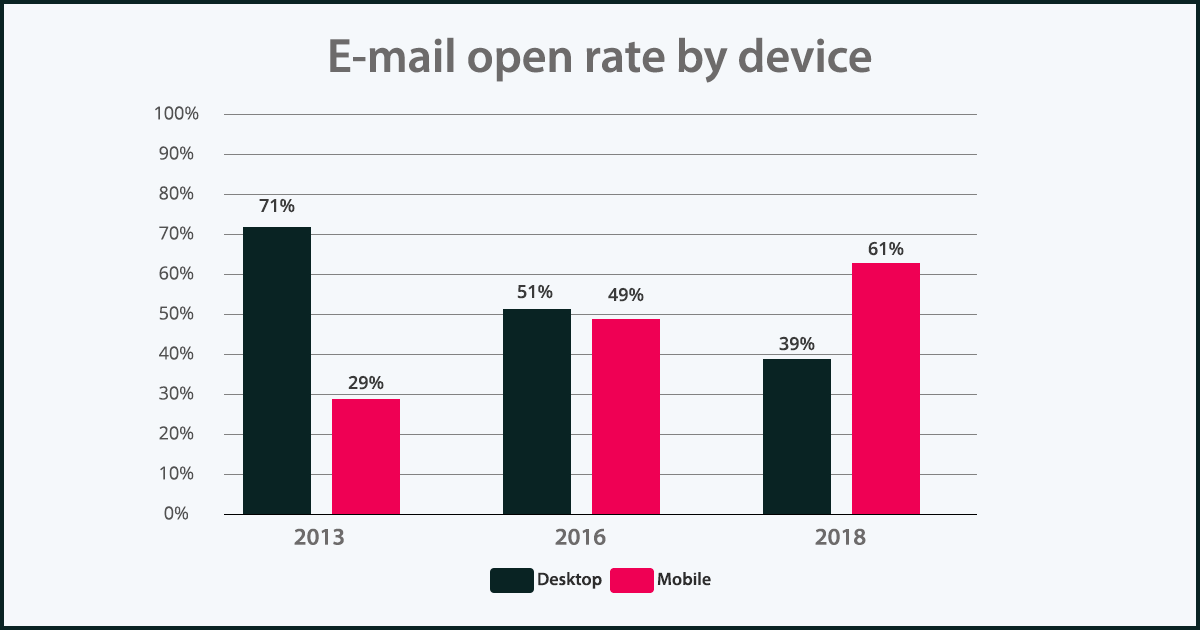
6. Predictive analytics
Predictive analytics (PA) is a technique that uses historical and current data to project future outcomes. PA is one of the most talked-about trends in the industry, as it helps forecast how customers and prospects will behave. This predictive system can keep you a step ahead of what customers will do, forecast customer lifetime values, and more. While measuring past results is illuminating, predicting what will work in the future can give you a more significant edge.
Predictive analytics is a powerful way to refine and future-proof your email marketing. It is critical to utilize this next-gen approach, since email marketing is 40% more effective at customer acquisition than Facebook and Twitter combined. Investing substantial time and effort into creating and delivering excellent email marketing is necessary to outpace your competition.
It pays to improve email marketing in several ways:
- Acquisition/activation – The driving purpose of the email marketing work you do is to generate more sales. Through advanced analytics such as PA, online sellers can divide their customers into groups and build models based on understanding each one. The data derived from predictive analytics helps in process and in devising the best messages for each group.
- Personalization: It is key to remember that your customers are individuals. Creating personalized emails for your subscriber list will generate more sales. Personalization allows you to send emails that remind customers of your store and products without it feeling like spam.
Retention/reactivation: While new sales are critical, so is customer retention. A simple retention strategy is to reward frequent buyers. Send them a thank-you email to show your gratitude, and send your high-revenue customers a special gift as a token of their loyalty. Rewarded customers will be likelier to stay longer at your store and build a stronger relationship with you.
Predictive analytics has made micro-segmentation more dynamic, cheaper, and less labor-intensive. This technology has made real-time personalization more accessible to small marketing teams. Marketers are writing higher-conversion emails, with subject lines guided by AI and machine learning.
In addition, predictive email marketing has helped marketers reduce churn by identifying which contacts are likeliest to unsubscribe and opt out.
7. Data protection
With implementation of the GDPR, the digital marketing industry has seen customers regain control of their personal data. Companies, meanwhile, have had to change their methods to ensure compliance with the new European regulation. Data protection will be a top email marketing trend, as brands continue to work on providing the privacy and security demanded by customers and regulators.
The new set of rules will transform the way companies target prospects online, as it will allow users to choose whether they want to accept website cookies or not. Marketers will now have to consider new means of procuring data, which will impact the channels they leverage. According to a recent study, 30% of marketers plan to reduce their use of cookie-based display.
Conclusion
Email marketing may be one of the oldest forms of digital marketing, but that definitely does not make it obsolete as indicated by its ongoing rapid growth. Now, alongside trends such as artificial intelligence (AI), personalization, and interactive content, we should be ready for additional email marketing trends to emerge. What do you think is a breakthrough email marketing trend that we have missed? Share your views. For an in-depth analysis of your email marketing plan, email contact@epikso.com or book an appointment to reach our subject matter experts.




